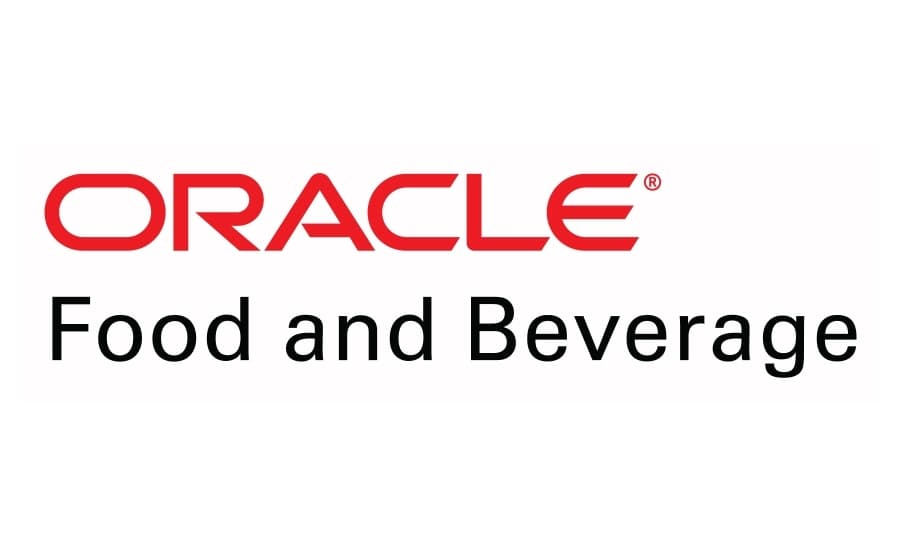• Online ordering through GloriaFood is easy, fast, and user-friendly, with cloud kitchens setting up a website in 30 minutes • Platform guides users on how to improve the website for better Google rankings, and on how to open up ordering through new channels like Facebook • Simple to placing orders and process payments • Multichannel order management with Oracle MICROS Kitchen Display Systems (KDS) helps streamline cloud kitchen and optimize speed of service • Simple KDS to install, purpose-built with long-life components that can withstand excessive exposure to heat, humidity, grease, liquids, and heavy use • Reporting and analytics from Simphony directly integrates with all customer touchpoints • Strong user experience, with upgraded dashboard user interfaces, personalization options, and Oracle’s business intelligence API, which allows customers to directly feed all POS data to other business applications • Unlimited access to your data, when and how you need it
www.oracle.com/industries/food-beverageTOP FEATURES:




